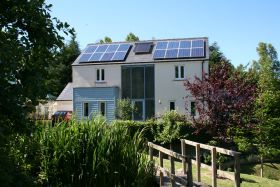Integrated Sustainability Appraisal and Habitats Regulations Assessment
Page updated on: 07/04/2025
Integrated Sustainability Appraisal (ISA)
The ISA Report considers the social, economic, and environmental effects of the Deposit Revised Local Development Plan (rLDP). It incorporates several statutory requirements into a single document which enables a more transparent and holistic assessment of the sustainability implications of the proposals contained in the rLDP.
It features the joint Sustainability Appraisal (SA) Report and Strategic Environmental Assessment (SEA), alongside a Welsh Language Impact Assessment (WLIA), an Equality Impact Assessment (EqIA), elements of a Health Impact Assessment (HIA), Local and National Well-being Goals, and other considerations related to the environment including NRW’s Area Statement and the Section 6 Duty (to maintain and enhance biodiversity, and promote the resilience of ecosystems).
Habitats Regulations Assessment (HRA)
Under the Habitats Regulations, the Council is required to assess whether the rLDP is likely to have a significant effect on the integrity of any European Site alone or in combination with other plans and projects. This mandatory process is known as a Habitats Regulations Assessment (HRA), and it is undertaken throughout the preparation of the rLDP.



